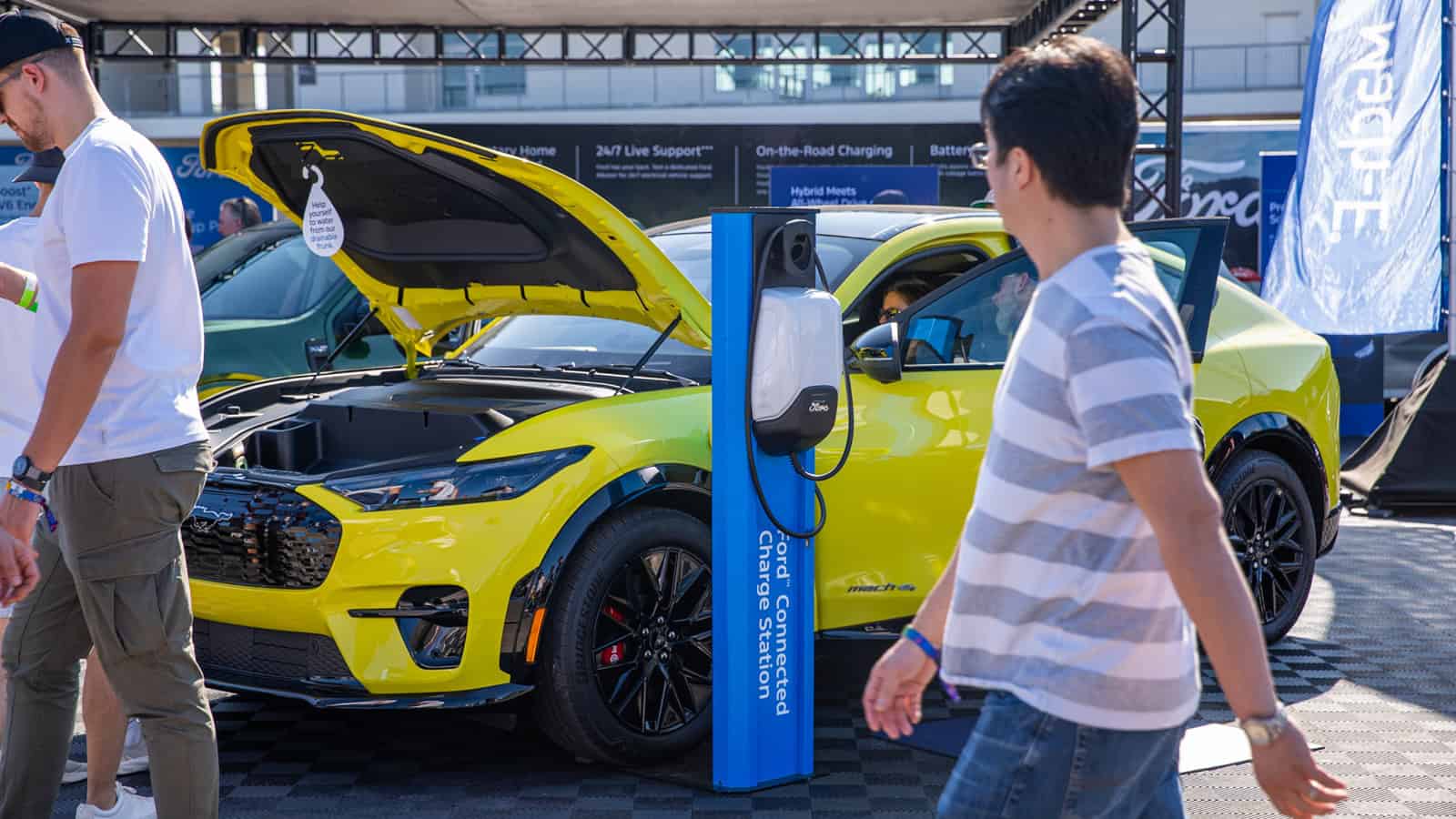- While the federal government has imposed stricter guidelines for who and what qualifies for EV credits, the EV market is still expected to grow in 2023.
- Predictions say that EVs could account for 10% of light-duty vehicle sales this year.
- It’s still an uphill battle to fight customer hesitation about EVs, with only 19% saying they’re “very” or “extremely likely” to purchase an EV.
Despite the challenges posed by more stringent EV tax credits, the U.S. electric vehicle market is still poised for growth in 2023, accounting for 10% of light-duty vehicle sales. This optimistic outlook aligns with President Biden’s Build Back Better Agenda and his goal of achieving 50% EV sales by 2030.
ADVERTISEMENT

Government Support Bolsters EV Sales
The Biden Administration’s Infrastructure Investment and Jobs Act (IIJA) and the Inflation Reduction Act (IRA) allocated federal spending to enhance EV charging infrastructure and provide tax credits. These policies have encouraged automakers to invest in EV development, leading to increased consumer demand. In 2022 alone, EV sales saw a significant 65% surge.
Qualifying for EV Tax Credits
In order to qualify for the tax credit provided by the IRA, people need to meet specific income criteria based on their tax filing status. Your modified adjusted gross income may not exceed:
- $300,000 for married couples filing jointly
- $225,000 for heads of households
- $150,000 for all other filers
ADVERTISEMENT
In addition, the retail price of an EV cannot exceed $55,000, and for electric vans, SUVs, or pickup trucks, the price cap is set at $80,000.
As of April 18, 2023, the IRS introduced additional guidelines that impact EV credit eligibility, focusing on the sourcing and assembly requirements for battery manufacturing. To qualify for the credit, an EV must have 50% of its battery components manufactured or assembled in North America, with 40% of the value extracted, processed, or recycled in the U.S. or North America.
Meanwhile, there is an interesting loophole regarding the federal tax credits. Buyers can receive credits for EV models that aren’t on the IRA’s list of guidelines if they lease them. Of course, this means that the manufacturer gets the tax break rather than the lessee, but it could be an additional incentive for carmakers to even build EVs if they know they can get some more bang for their buck.

EV Tax Credits May Help Promote Electrification’s Future
Tax credits provide a solid incentive for consumers who are still uncertain about transitioning to EVs. However, customer preferences remain a challenge.
A springtime poll conducted by the Associated Press and the University of Chicago revealed that only 19% of respondents were “very likely” or “extremely likely” to purchase an EV, with 22% stating they were “somewhat likely” to do so. A reduction in tax credits could result in a slower transition to EV adoption than if the incentives were more wide-reaching.
ADVERTISEMENT
Looking Ahead
Though the revised tax credit rules present challenges, the U.S. EV market is expected to grow steadily in 2023. Government support through tax credits, infrastructure investment, and stricter guidelines for EV credit eligibility creates a favorable environment for the development and adoption of EVs.
While affordability and consumer preferences remain key factors, the shift toward electrification is gaining momentum, and the future looks promising for the EV market in the U.S.
ADVERTISEMENT

SOURCE | FEATURE IMAGE: AFDC, IRS | KAROLINA GRABOWSKA
FTC: We use income-earning auto affiliate links. Learn more.














